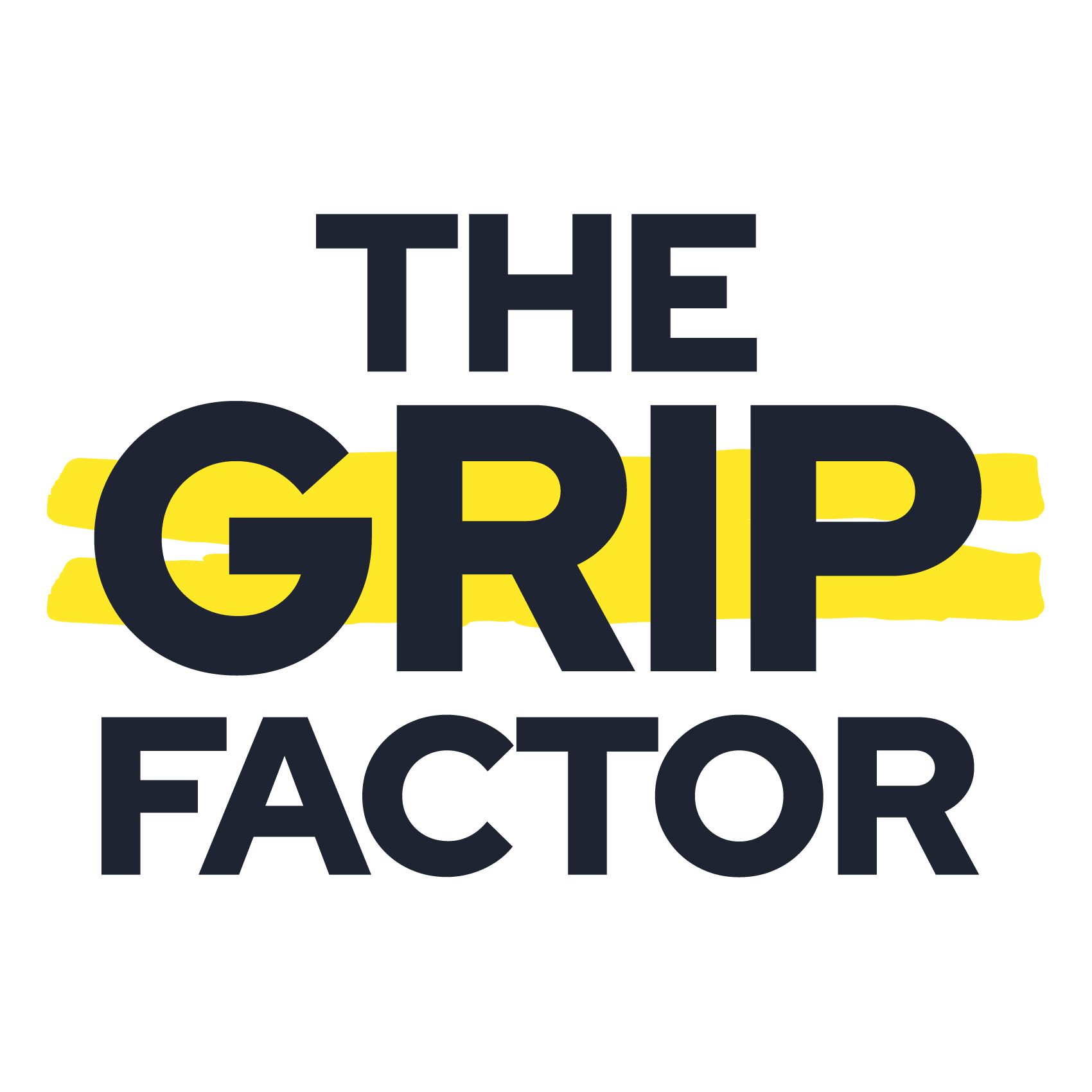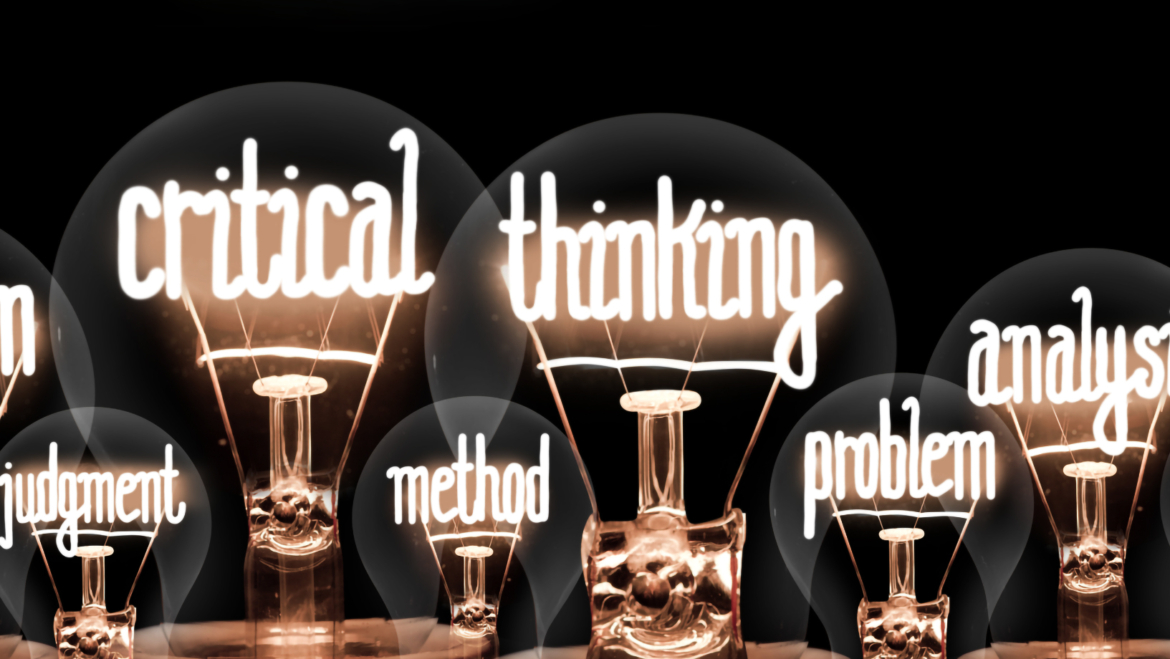Wishful vs. Critical Thinking: Are You Chasing Comfort or Growth?
As the facts-and-stats guy, known for getting things done by constantly challenging conventional wisdom and questioning so-called “best practices,” I get challenged—a lot. Add to that my deep-rooted faith, and those challenges double. But honestly, I welcome it.
Because more than anything, I feel an overwhelming responsibility to represent the truth, even if that makes people uncomfortable. The last thing I want is to propagate information that can’t be proven.
This week, the challenge hit differently. Someone pushed me – really pushed me – to provide scientific proof for an historical event. At first, I laughed it off. After all, you can’t put Napolean’s battles in a lab or recreate Rome’s collapse in a Petri dish. But then it struck me – this wasn’t about historical proof at all. It was about how we evaluate truth itself and why so many of us struggle to separate facts from feelings.
We live in a world increasingly obsessed with the idea that “my truth” is different from “your truth.” We’re urged to validate everyone’s personal viewpoint, even when the consequences are serious and long-lasting—sometimes eternal. But let’s be brutally honest: if someone saws your car in half, your truth doesn’t matter. You won’t get very far, no matter what you choose to believe.
This push for personal validation over objective truth made me examine the different kinds of evidence we rely on every day:
- Empirical—measurable, repeatable, observable data.
- Anecdotal—personal stories and experiences.
- Testimonial—accounts from others, often experts or eyewitnesses.
- Legal proof—standards used in courts, like “beyond a reasonable doubt.”
Each type of evidence has value, but they’re not all equal—and they definitely aren’t all applicable to every situation. The real problem? We confuse proof with validation because we’ve mistakenly assumed science is always our best source of truth. But there’s another powerful approach—the legal method—that better handles complexities science can’t.
Society’s mantra is often, “If you can’t show me the data, it’s not true.” Don’t get me wrong—data matters. But here’s the catch: Science isn’t the only, or always the best, way to determine truth. It’s perfect for answering questions you can test, repeat, and directly observe. Want to understand gravity or test a new medication? Science is your best friend. But history, relationships, human experiences, morality—these don’t fit neatly into scientific experiments.
That’s exactly why we have another way to find truth—the legal method. Courts don’t rely on test tubes; they weigh testimony, evaluate credibility, consider eyewitness accounts, and measure facts against the standard of “beyond a reasonable doubt.” The legal method works precisely because it handles questions we can’t directly observe or recreate, such as historical events, personal intent, or complex moral decisions.
So why do we struggle with applying the legal method in daily life? Simple. Like I said earlier, people often confuse wanting proof with wanting validation. If we’re honest with ourselves, we know exactly what that means. We cling to comforting ideas and filter out anything that challenges our worldview. We call it “seeking evidence,” but let’s call it what it really is: reinforcing our biases. That’s not critical thinking—it’s wishful thinking.
Think about it. Have you ever ignored clear evidence because it challenged your beliefs? Ever dismissed someone’s testimony because it didn’t match your narrative? We all have. But here’s the truth: genuine progress—in your personal life, business, or even your faith—requires stepping out of your comfort zone and facing uncomfortable evidence head-on.
Here’s the bottom line clearly laid out:
- The Scientific Method asks: Can I measure it, repeat it, and observe it right now?
- The Legal Method asks: Does the evidence support the conclusion beyond reasonable doubt—even if direct observation isn’t possible?
Science reveals truths about the natural world, but it hits its limits when it comes to truths about love, trust, historical events, or morality. That’s exactly where critical thinking using the legal method must come into play. It’s not choosing one method over another; it’s about knowing when each applies.
Studies show most people believe they’re excellent critical thinkers, yet we consistently fall prey to confirmation bias—accepting only evidence that aligns with our existing beliefs. Psychologists Amos Tversky and Daniel Kahneman showed clearly how often we ignore facts contradicting our comfortable narratives. The goal isn’t to beat yourself up—it’s to recognize this weakness and push yourself to grow.
So how do we move from wishful thinking to genuine critical thinking?
Here’s your challenge this week:
- Question Your Comfort Zones: What comforting beliefs are you holding onto simply because they feel good? Be brutally honest with yourself. Comfort rarely leads to growth.
- Evaluate Your Evidence Critically: When examining a claim, ask yourself, “Which type of evidence applies here—scientific or legal?” Not every truth fits into a lab. Understand the difference clearly.
- Embrace Discomfort and Growth: Be willing to face evidence that challenges your beliefs. Accept the possibility you could be wrong. Growth isn’t about protecting what you know—it’s about pushing into what you don’t.
If you’re thinking, “This sounds tough,” good—it should. Critical thinking is rarely comfortable, but it’s essential. Real breakthroughs, whether in science, history, business, or personal growth, happen when we challenge our assumptions—not when we reinforce them.
Life’s biggest debates aren’t won by who shouts loudest or clings hardest to comfort. They’re won by those courageous enough to ask: “What does the evidence truly say?”
Your greatest asset is your willingness to think critically. Don’t settle for wishful thinking. Challenge yourself. Examine the facts. Let evidence—not comfort—shape your beliefs and decisions, even when it’s hard.
That’s how dreamers become DOERS. That’s how you genuinely grow.

